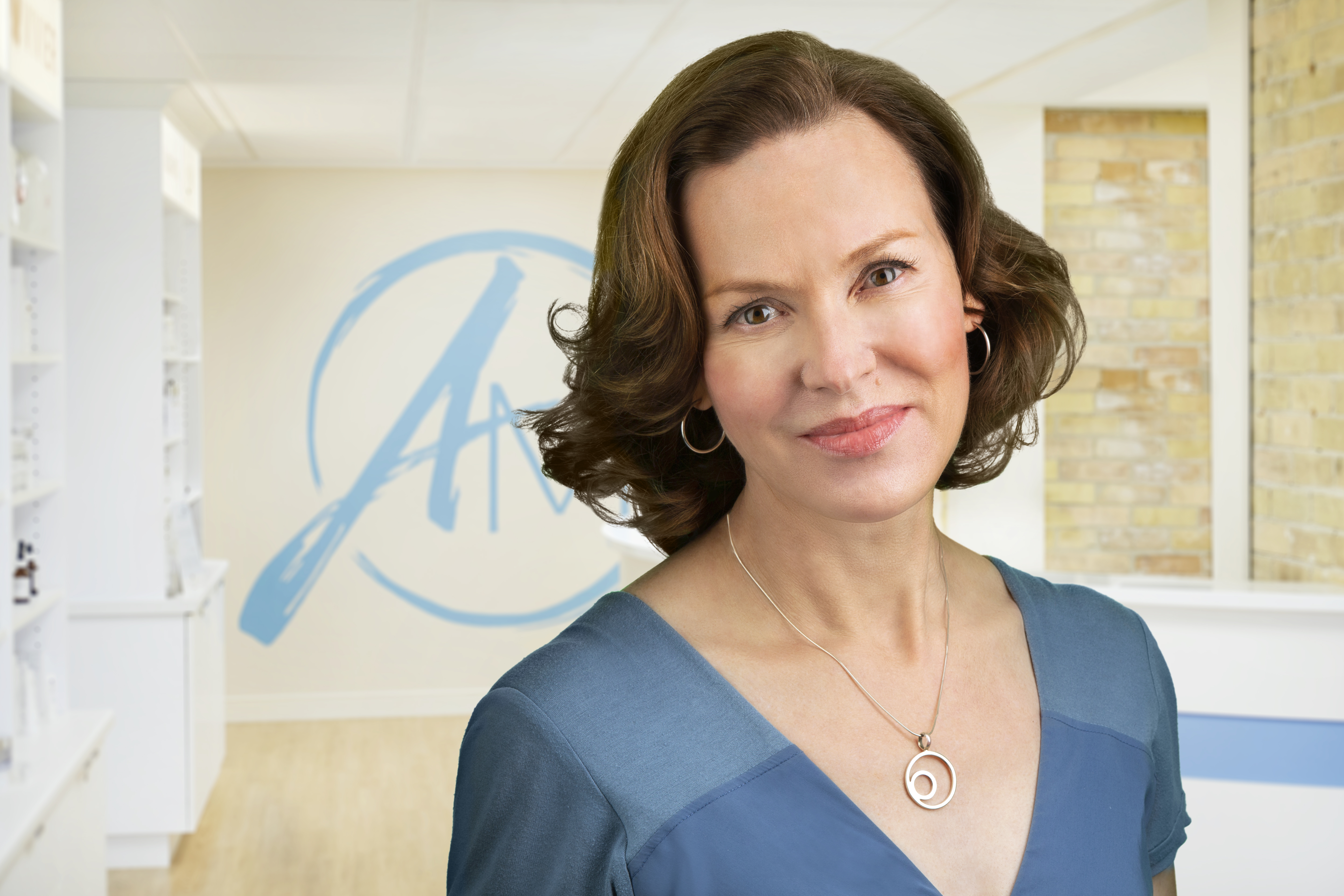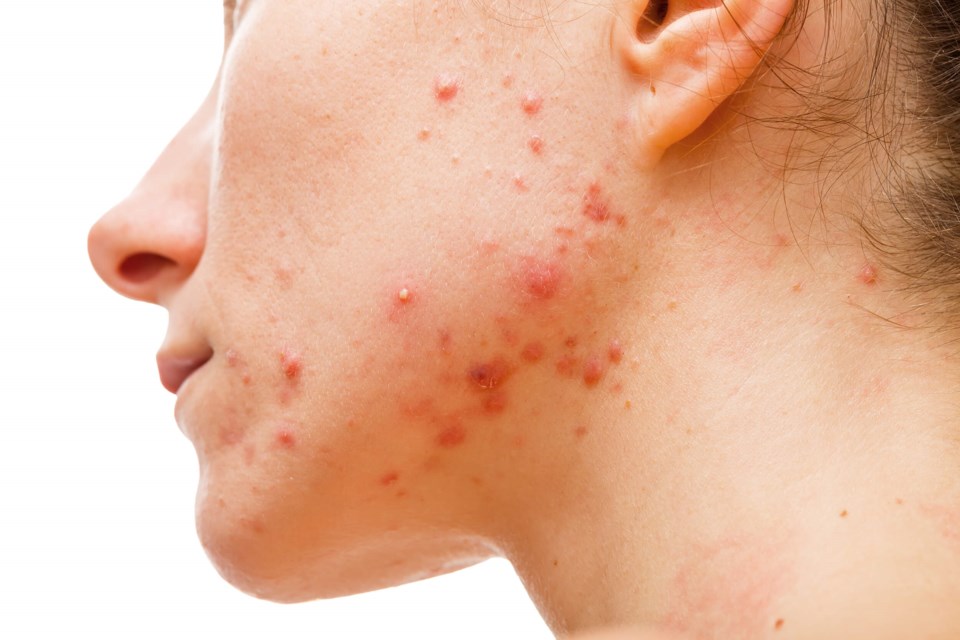Acne is a multifactorial problem and this means treatment needs to be strategic. There are essentially four major factors contributing to acne:
- Hormonal issues and related excess oil production
- Propionibacterium acnes (p.acnes bacteria) colonization (the oilier the skin the more bacteria)
- Inflammation
- Abnormal or disordered sloughing of skin cells from the skin surface
In order to most effectively treat acne all four factors should be addressed in the treatment plan.
Hormonal issues can be treated with oral contraceptive pills in women, and sometimes with a medication called spirinolactone (more commonly used in adult onset acne) and these will usually reduce oil production. For men, there’s really no way to reduce oil production except with the use of Accutane (an oral medication which is a powerful derivative of Vitamin A). Accutane is only indicated for very serious acne especially if the acne is leading to disfiguring scars.
Bacteria can be addressed through both topical and oral routes with prescription medications. Topically there are antibiotic preparations (such as clindamycin), and medications that are not antibiotics in the traditional sense but have antibiotic properties like benzoyl peroxide. Oral antibiotics should be low dose and slow release if possible. Often the -cyclin antibiotics are used such as minocycline, doxycycline or tetracycline because they have anti-inflammatory properties too. There is a low-dose, slow-release form of doxycycline available by prescription which is safer for longer term use.
Inflammation is a serious symptom that is often under appreciated. Certain people can be more pro-inflammatory and thus more prone to the cysts, nodules, redness and pustular lesions seen with severe acne. Topical and oral agents that reduce inflammation are an important part of any treatment plan. Again, benzoyl peroxide is an inexpensive option that works well. Scrubbing the skin, dermabrasion, power cleansing brushes etc. can contribute to increased inflammation so they should be avoided.
Disordered desquamation or sloughing is often the least understood factor contributing to acne. When your skin is renewing itself, new cells are produced in the dermis and mature slowly from the basal layer of the skin and upward through to the epidermis. Eventually the mature epidermal cells are sloughed off and replaced from below. When the time comes for those skin cells to be sloughed off, sometimes the bonds between the cells won’t break easily and the cells come off irregularly or too slowly which leads thickening of the top layer of the skin. This can result in blockage of oil glands and back up of oil. The excess oil encourages bacterial overgrowth resulting in infection and inflammation – in other words serious breakouts Treatments that facilitate regular epidermal sloughing are critically important.
Disordered desquamation can be treated with retinols and acids (alpha and beta hydroxy acids, salicylic acid, lactic acid etc.). Chemical peels can jump start the sloughing process by dissolving the thickened top layer of skin and topical retinols or acids can maintain regular sloughing. Retinols can be quite irritating if used at too high a concentration, thus low dose, slow-release retinols at nighttime are better tolerated and the dose can be slowly increased over time. Moisturizing before applying retinol also helps. Regular use of higher dose retinols can improve acne scars over time as well. Accutane is the grand daddy of all retinols, and both dries up oil and causes significant ongoing sloughing which is why it is so effective at putting acne into remission.
.jpg;w=960)
Acne management plans should address all four causes of acne in order to be optimally effective.
Seeing a medical aesthetician and health care provider experienced in acne management can be very helpful. Individuals suffering from acne have unique skin issues, some people are more hormonal, some more inflammatory etc. A treatment should be developed to address the unique balance of issues for that individual. Commitment to the treatment plan is very important as well.
Once acne is in remission and breakouts are fewer and less severe the long-term damaging effects of acne can be addressed. This includes the redness, hyperpigmentation and scarring that are frequently seen in severe acne.
Redness and hyperpigmentation can often be treated with IPL (intense pulse light therapy). Typically 3 or 4 treatments are necessary. Chemical peels can also help in this area. Scarring that is mild to moderate can often be improved with micro-needling treatments and more serious scars (depressed or ice pick scars) are best treated through the use profractional laser which can also improve hyperpigmentation (4-5 treatments are often necessary).
Scars should not be treated until the acne is well in remission because you don’t want to invest in scar management only to have ongoing active acne scarring your skin again.
Acne can be very frustrating. But with careful attention to all the factors causing acne, and commitment to a plan of treatment, you can win the battle against this common and unwelcome skin condition.
To learn more, visit artmed.ca or email [email protected].

